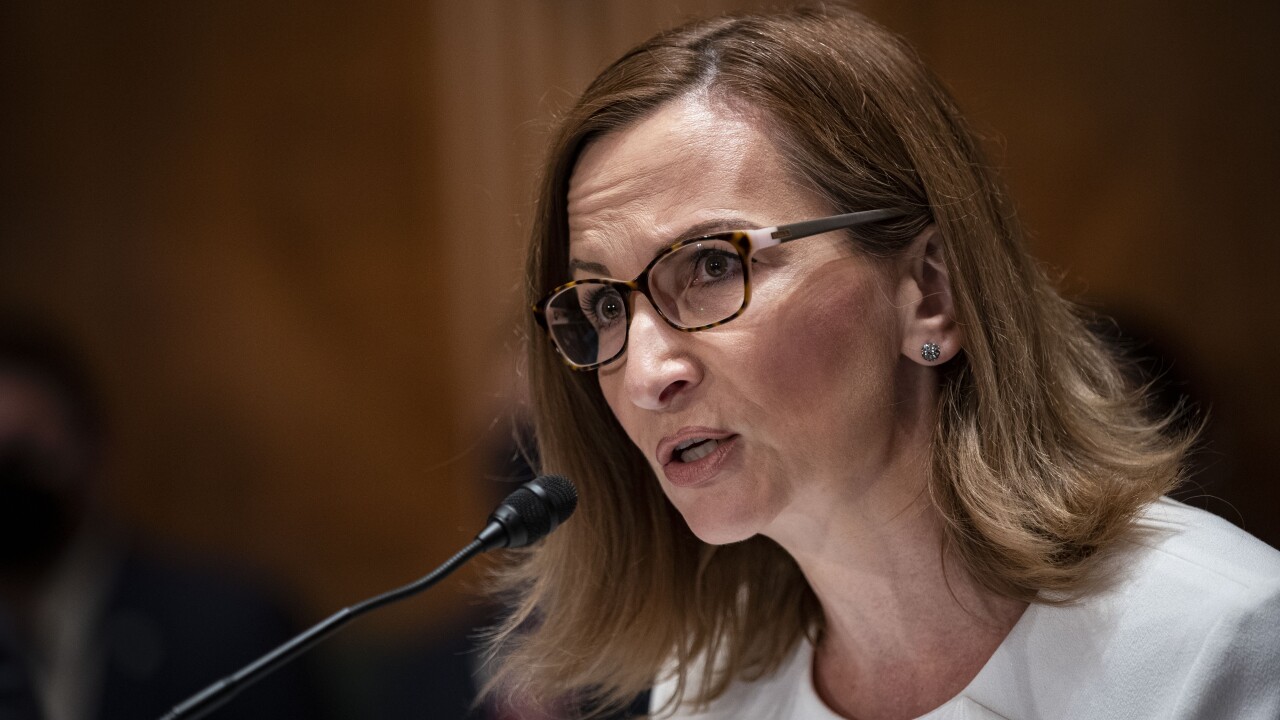With e-commerce fraud showing no signs of slowing and a strong possibility of increasing, acquirers and their merchants could use all the detection help they can get.
MasterCard Worldwide’s Expert Monitoring Fraud Scoring tool, which becomes available in May, narrows the analysis of a MasterCard debit or credit card account to its 12-month transaction history in general and to its online transaction history in particular.
As such, the tool only works for monitoring shoppers’ MasterCard accounts. Despite that limitation, anything that helps fight fraud is welcome, Aite Group research director Julie Conroy McNelley tells PaymentsSource.
“Bringing an analytic tool to help fight fraud in online transactions is great news for e-commerce merchants,” she says. “The more tools they can bring to bear against these types of issues the better.”
When combined with online-fraud characteristics based on past e-commerce fraud, the account history produces a score that mixes with an acquirer’s existing fraud-detection oversight to help merchants make immediate accept-or-decline decisions on transactions, Johan Gerber, MasterCard group head of global network products, tells PaymentsSource. Issuers’ fraud-detection tools tend to consider every type of fraud, both card-present and card-not-present, he says.
“This one is very specific to the card-not-present e-commerce channel,” he says. “When you build a generic fraud model for issuers, you use all types of fraud and all sorts of behavior of accounts. In this case, we eliminated all the other fraud types except for fraud that occurs within the card-not-present channel.”
The Expert Monitoring Fraud Scoring tool showed in tests that it could save online merchants 15% to 30% in fraud losses if they reviewed or automatically declined transactions deemed high risk by the tool, according to a March 28 MasterCard press release. This could be significant; merchants incurred costs of more than $2.33 for every $1 of fraud committed, absorbing more than $102 billion in total losses in 2011, according to the Lexis-Nexis 2011 True Cost of Fraud Study.
That fraud-loss total could rise as the use of the EMV chip card standard grows in the U.S., McNelley says. Because EMV increases protection for point-of-sale transactions, fraudsters take their activities elsewhere, she says.
“As we’ve seen in other jurisdictions, e-commerce fraud tends to go through the roof,” McNelley says of EMV migration. “I see e-commerce merchants across the board looking to continually approve what they’re doing both from a protection and a reduction in manual review perspective, and that trend will only continue.”
An online merchant, who may be liable for 100% of fraud losses, gets two benefits from better fraud detection, says McNelley: more revenue from fewer transaction declines and a decrease of costly manual reviews of suspicious accounts. Merchants’ customers get the benefit of trouble-free transactions.
The tool is on-demand, depending on the acquirer’s and merchant’s settings, and MasterCard charges acquirers a per-transaction fee, says Gerber. The merchant only sees the tool’s score and has no access to the card’s data, he says.
What do you think about this? Send us your feedback.





